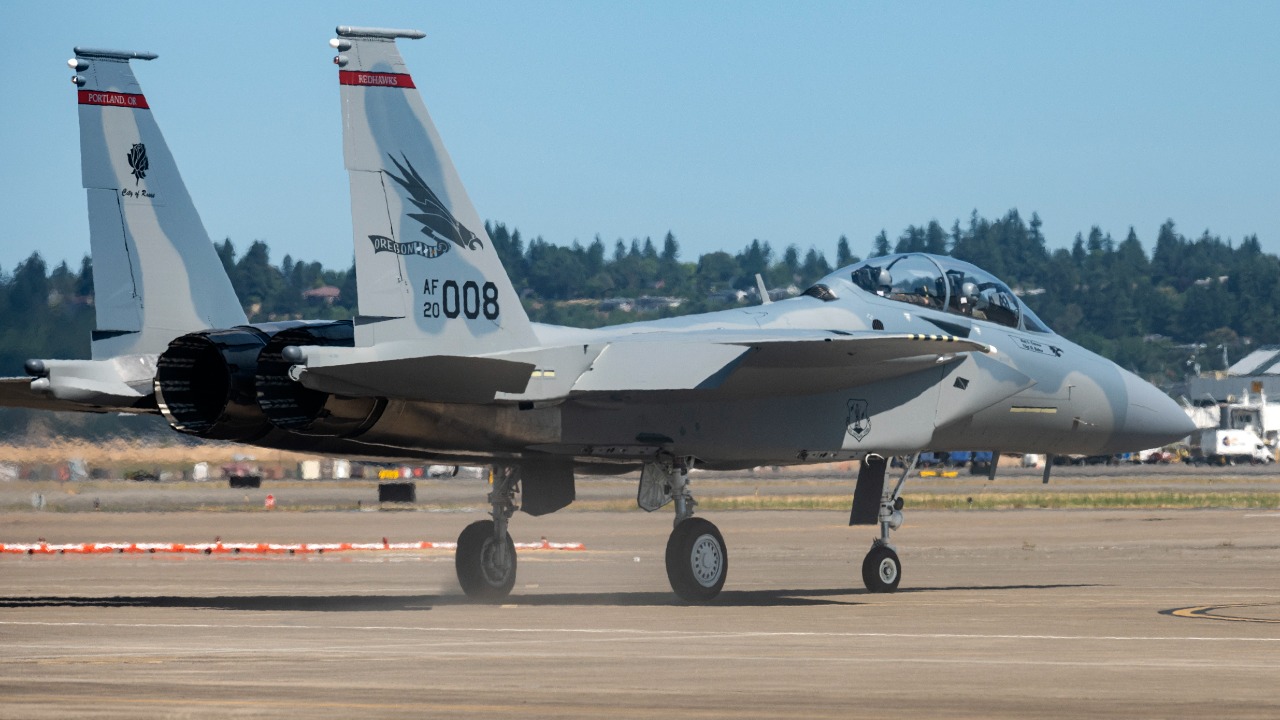
The U.S. Air Force (USAF) marked a significant milestone in its air superiority fleet modernization efforts with the receipt of its first F-15EX Eagle II fighter jet on March 2, 2021. This advanced variant, built by Boeing, recently made its arrival in Portland, Oregon, underlining ongoing integration efforts into operational units. With an unprecedented payload capacity of up to 29,500 pounds of munitions, the Eagle II is set to redefine air dominance for the USAF through its enhanced avionics and multi-role capabilities.
Evolution from Legacy Platforms
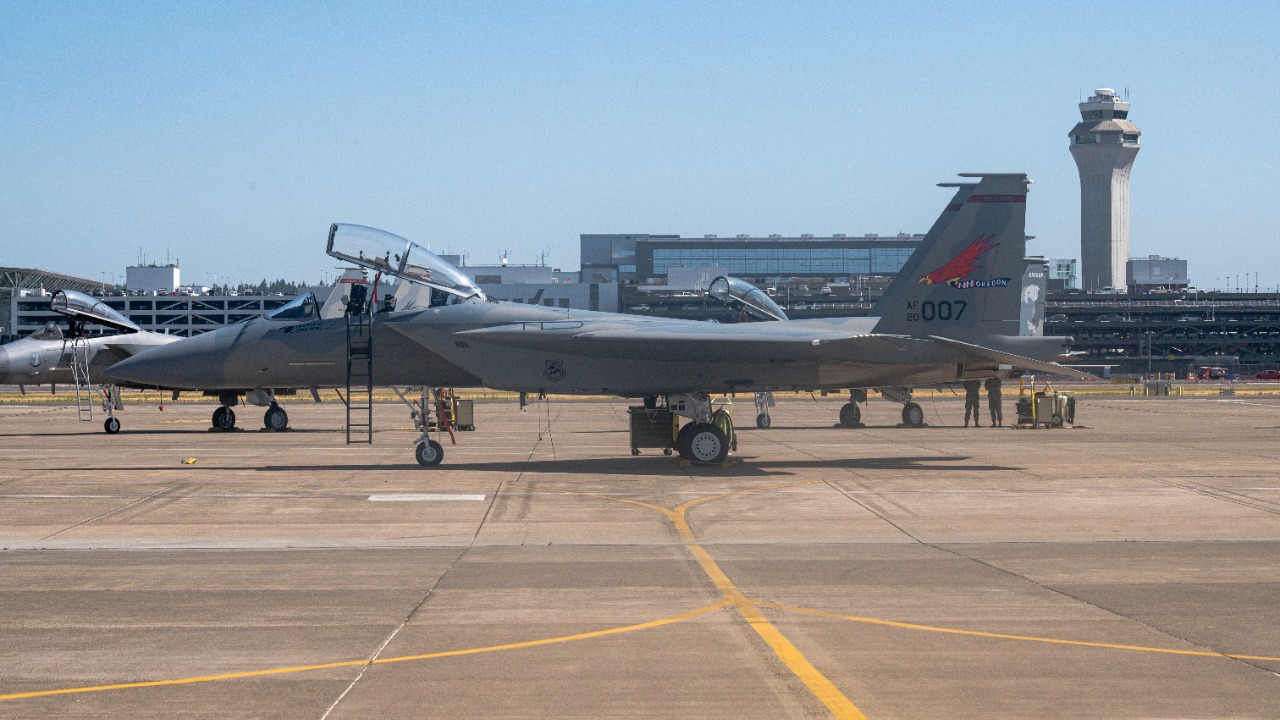
The F-15EX Eagle II has its roots in the original F-15 Eagle series, a cornerstone of U.S. air defense since the 1970s. With over 900 Eagles in service, accumulating more than 15 million flight hours without a single loss in air-to-air combat, the F-15’s legacy is a testament to its robust design and operational efficiency1. The EX variant builds on this heritage, incorporating key upgrades such as a new fly-by-wire flight control system and digital cockpit displays, which enhance its multi-role capabilities to address modern threats2.
Lessons from previous models, such as the F-15C/D, have been incorporated into the F-15EX, extending the platform’s service life into the 2040s and beyond. This longevity ensures that the USAF will continue to benefit from the Eagle’s proven performance while integrating advanced technologies to meet evolving defense challenges3.
Superior Avionics and Sensors
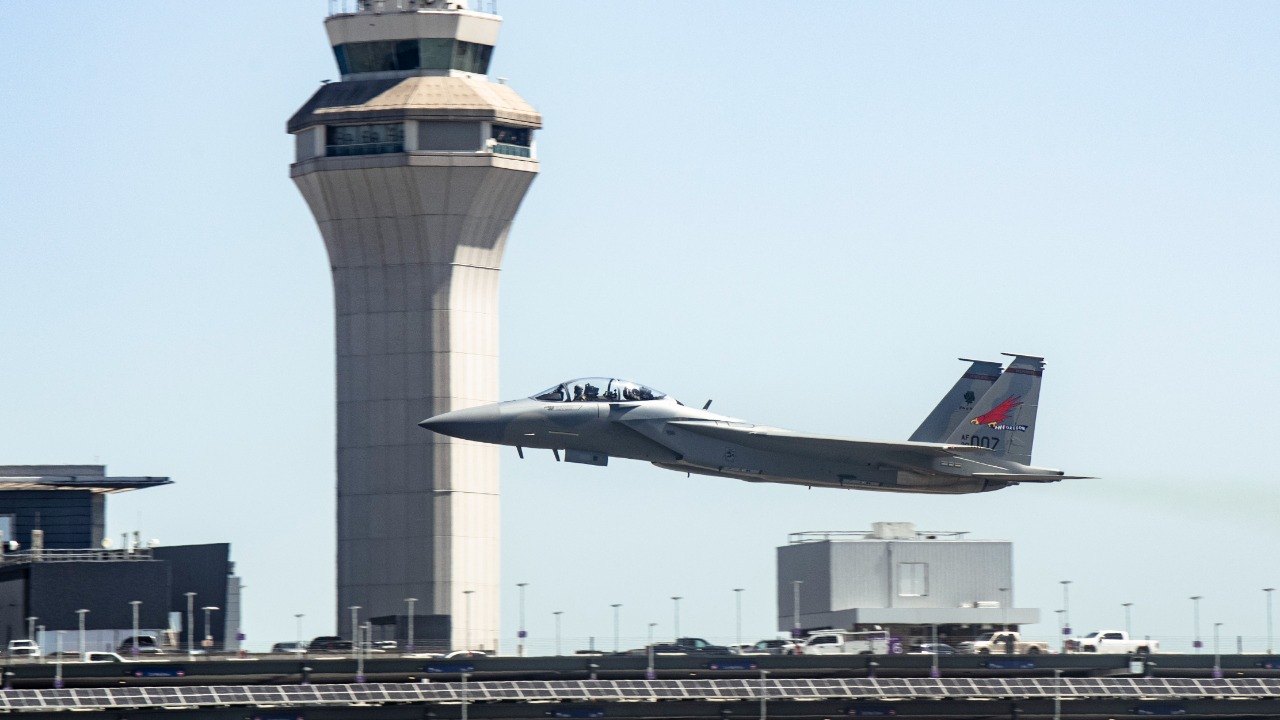
The F-15EX integrates the Eagle Passive Active Warning Survivability System (EPAWSS), providing advanced electronic warfare capabilities. This system enables the aircraft to detect and counter threats in contested environments, enhancing its survivability and mission effectiveness2. The aircraft also features the AN/APG-82(V)1 active electronically scanned array radar, which offers superior target detection at ranges exceeding 200 miles and simultaneous tracking of multiple airborne targets3.
Another key feature of the F-15EX is its open mission systems architecture. This design allows for rapid software updates and integration of future technologies without major hardware overhauls, ensuring the platform remains adaptable and relevant in the face of evolving threats4.
Enhanced Payload and Multi-Role Versatility
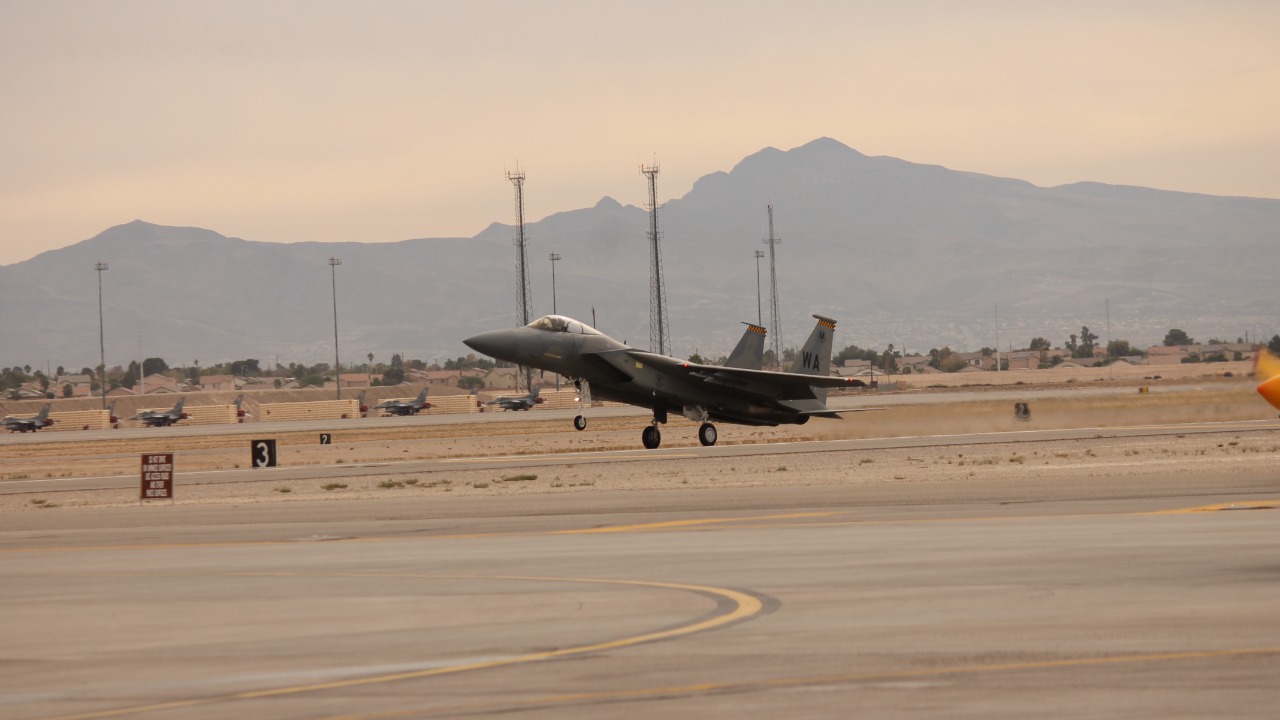
The F-15EX’s payload capacity is a significant upgrade over its predecessors. It can carry 12 air-to-air missiles both internally and externally, surpassing the F-15C’s capacity and enabling it to engage more threats in a single sortie3. The aircraft also boasts ground-attack capabilities, including compatibility with precision-guided munitions like the Joint Direct Attack Munition. This versatility makes the F-15EX a bridge between air superiority and strike missions2.
With a maximum takeoff weight of 81,000 pounds, the F-15EX can support extended range operations. Its conformal fuel tanks allow for missions over vast theaters, enhancing the USAF’s operational flexibility and reach1.
Integration into USAF Operations
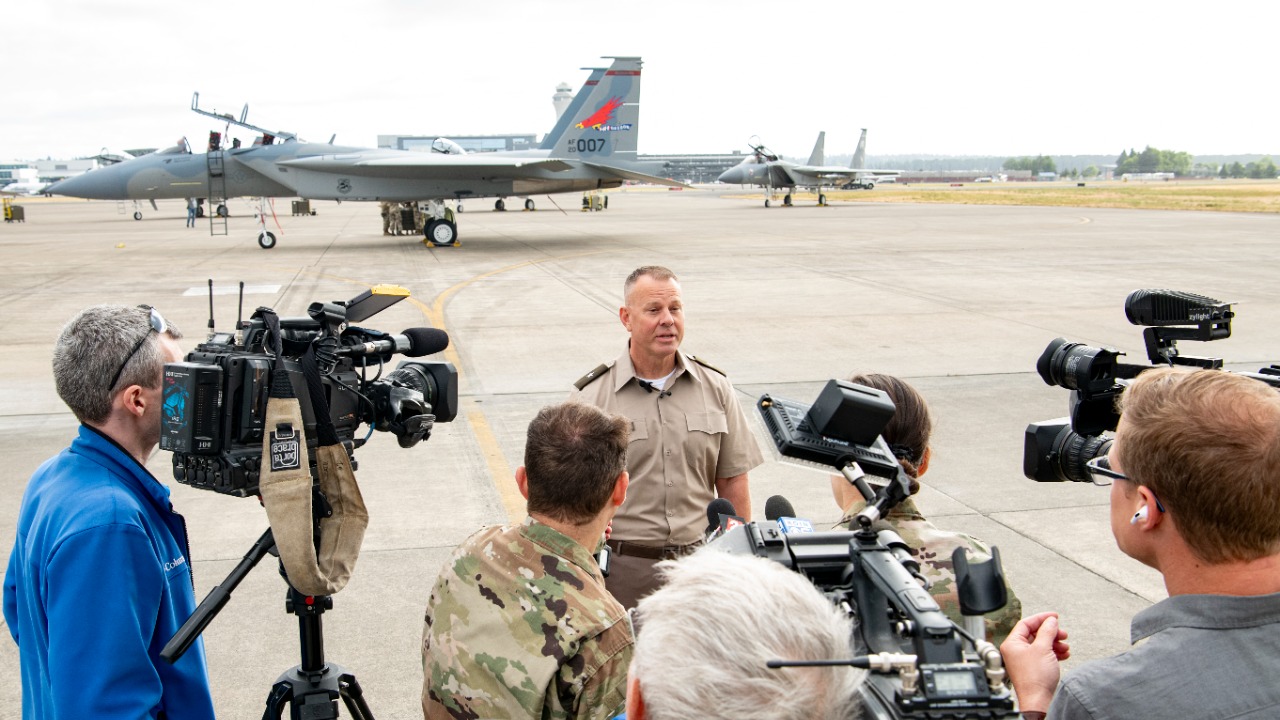
The first two F-15EX aircraft were delivered to Eglin Air Force Base in Florida for operational testing and evaluation by the 96th Test Wing. This phase is crucial in assessing the aircraft’s performance under various conditions and refining its operational parameters4. Recently, an F-15EX arrived at the Oregon Air National Guard’s 173rd Fighter Wing in Portland, signaling the start of training for reserve forces5.
The USAF plans to acquire 144 F-15EX jets, with initial operational capability targeted for 2024. These new aircraft will replace aging F-15C/D models, ensuring the USAF maintains a modern, capable air defense fleet3.
Cost-Effectiveness and Sustainment
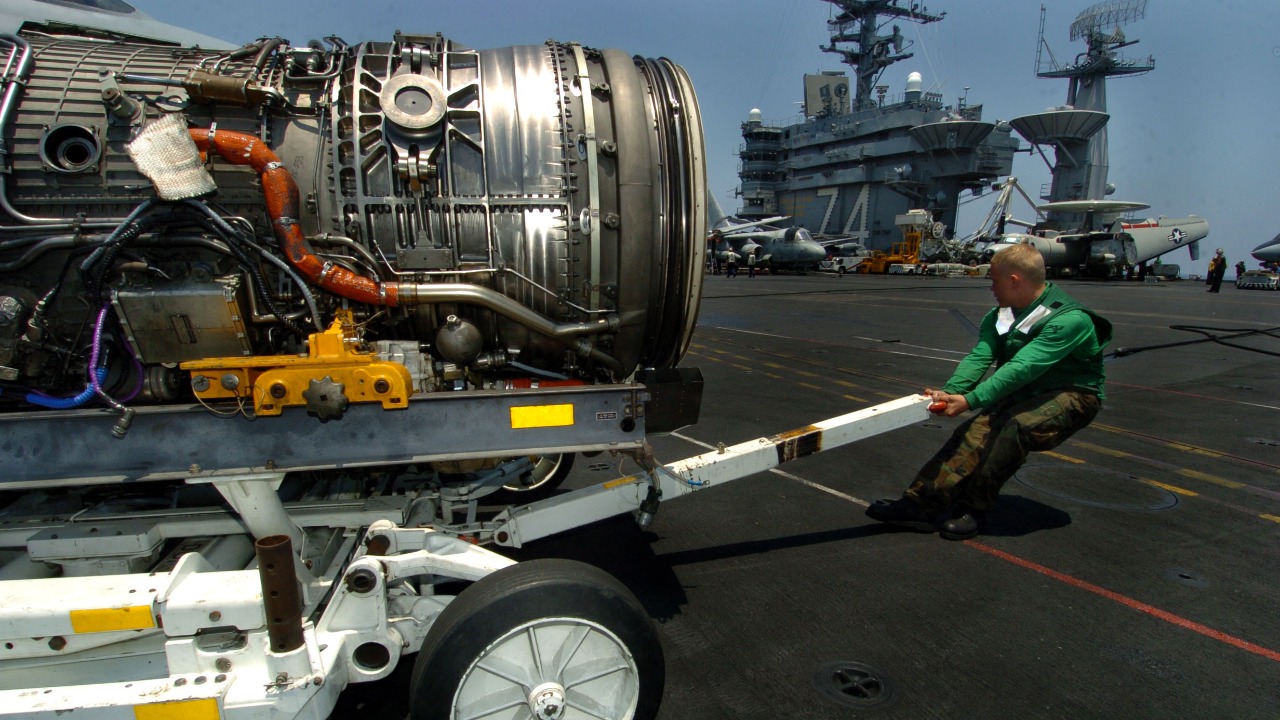
At a unit cost of approximately $87.7 million per aircraft, the F-15EX offers a more affordable alternative to fifth-generation fighters while maintaining high readiness rates. This cost-effectiveness is a significant advantage in an era of constrained defense budgets1. Boeing has committed to a 20,000-hour service life extension for the airframe, which will reduce long-term maintenance costs through the use of modern materials and diagnostics2.
The F-15EX’s operational costs are also competitive with legacy Eagles. The aircraft’s new GE F110 engines provide 29,000 pounds of thrust each, offering improved fuel efficiency and reducing operational costs4.
Strategic Role in Peer Competitor Scenarios
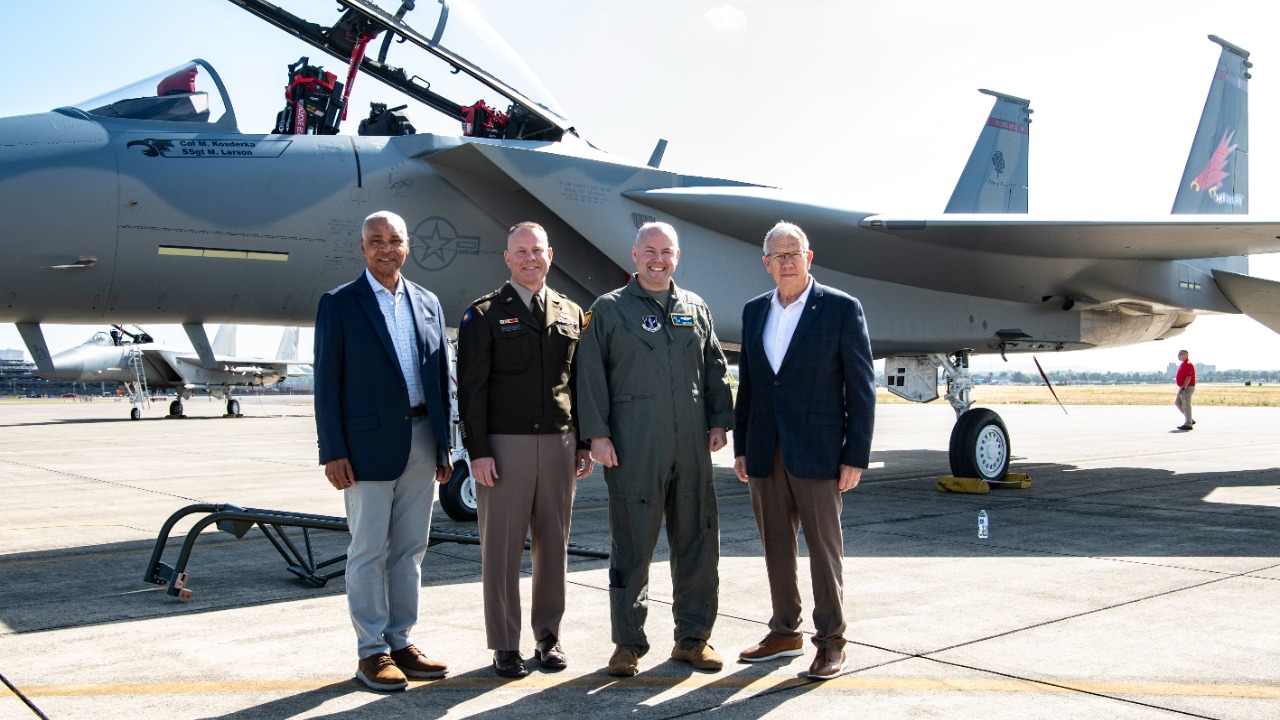
In simulations against advanced adversaries, the F-15EX’s performance has been impressive. Its speed of Mach 2.5 and high-altitude ceiling of 65,000 feet enable rapid response to incursions, enhancing the USAF’s ability to maintain air superiority3. The aircraft also features data links for sharing sensor information with F-35s and ground assets, enhancing its interoperability with joint forces in networked warfare scenarios2.
The F-15EX is expected to play a significant role in Indo-Pacific theaters, leveraging its range of over 1,100 miles on internal fuel to deter aggression from near-peer threats. This strategic deployment underscores the aircraft’s importance in maintaining regional stability and deterring potential adversaries5.